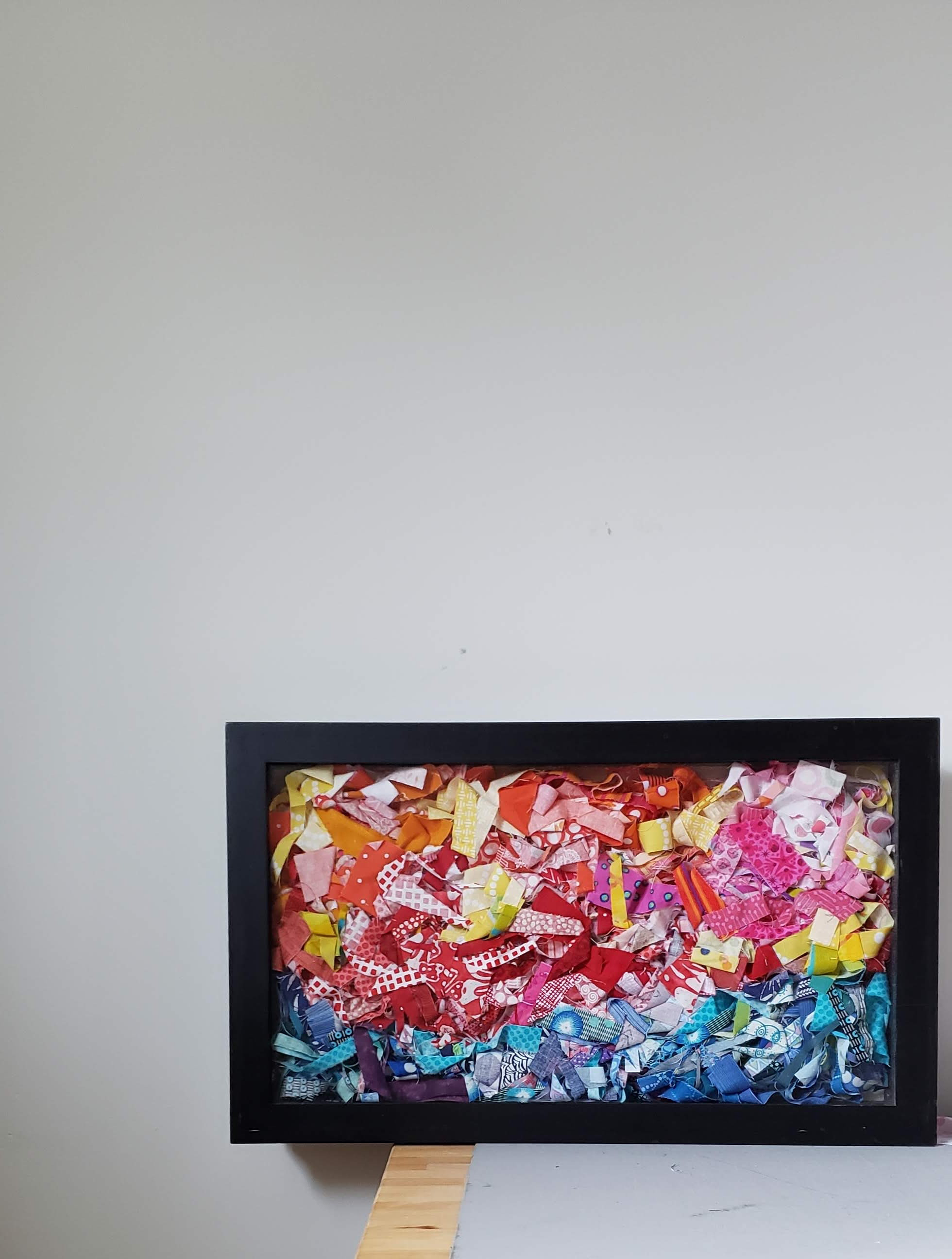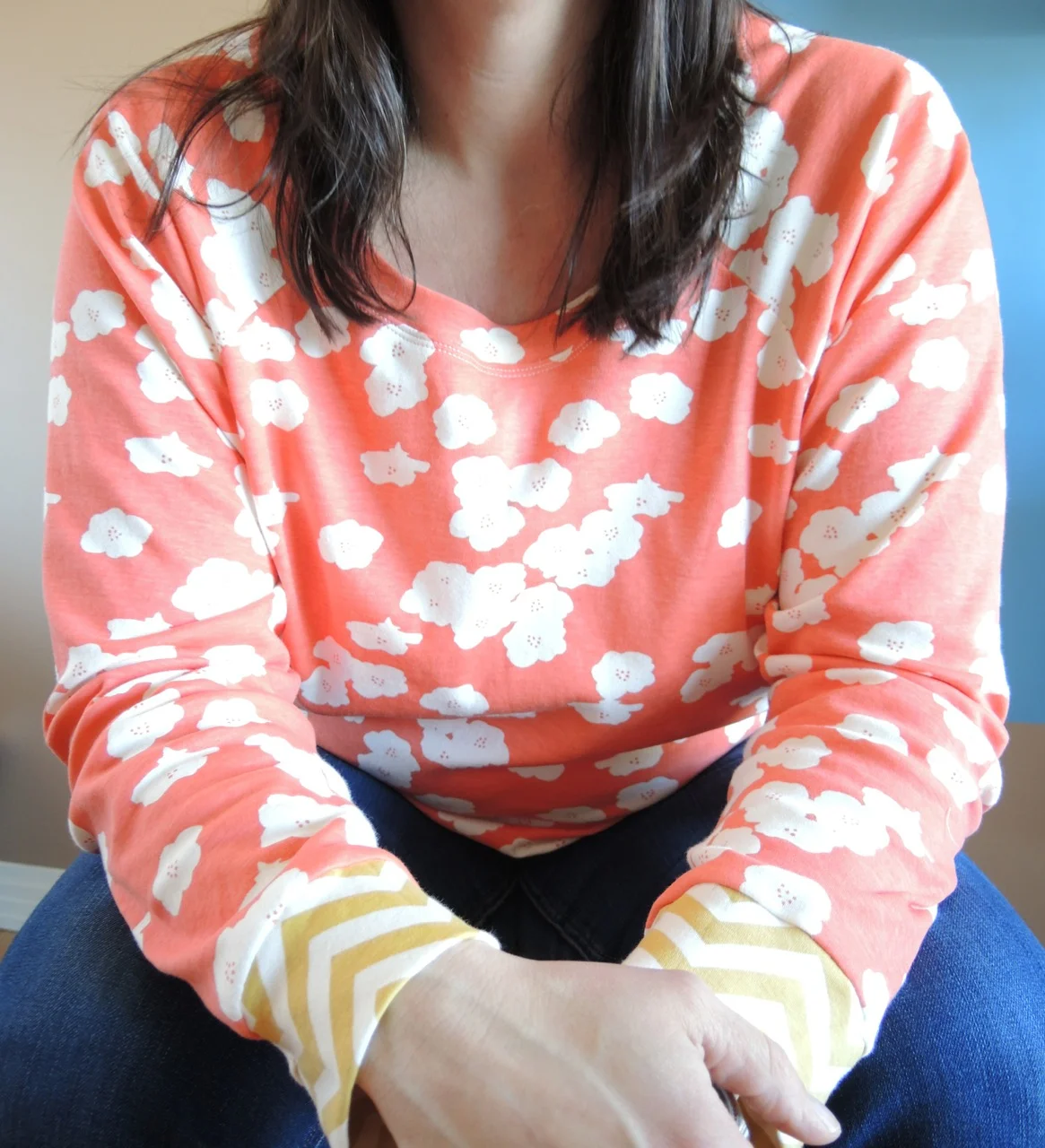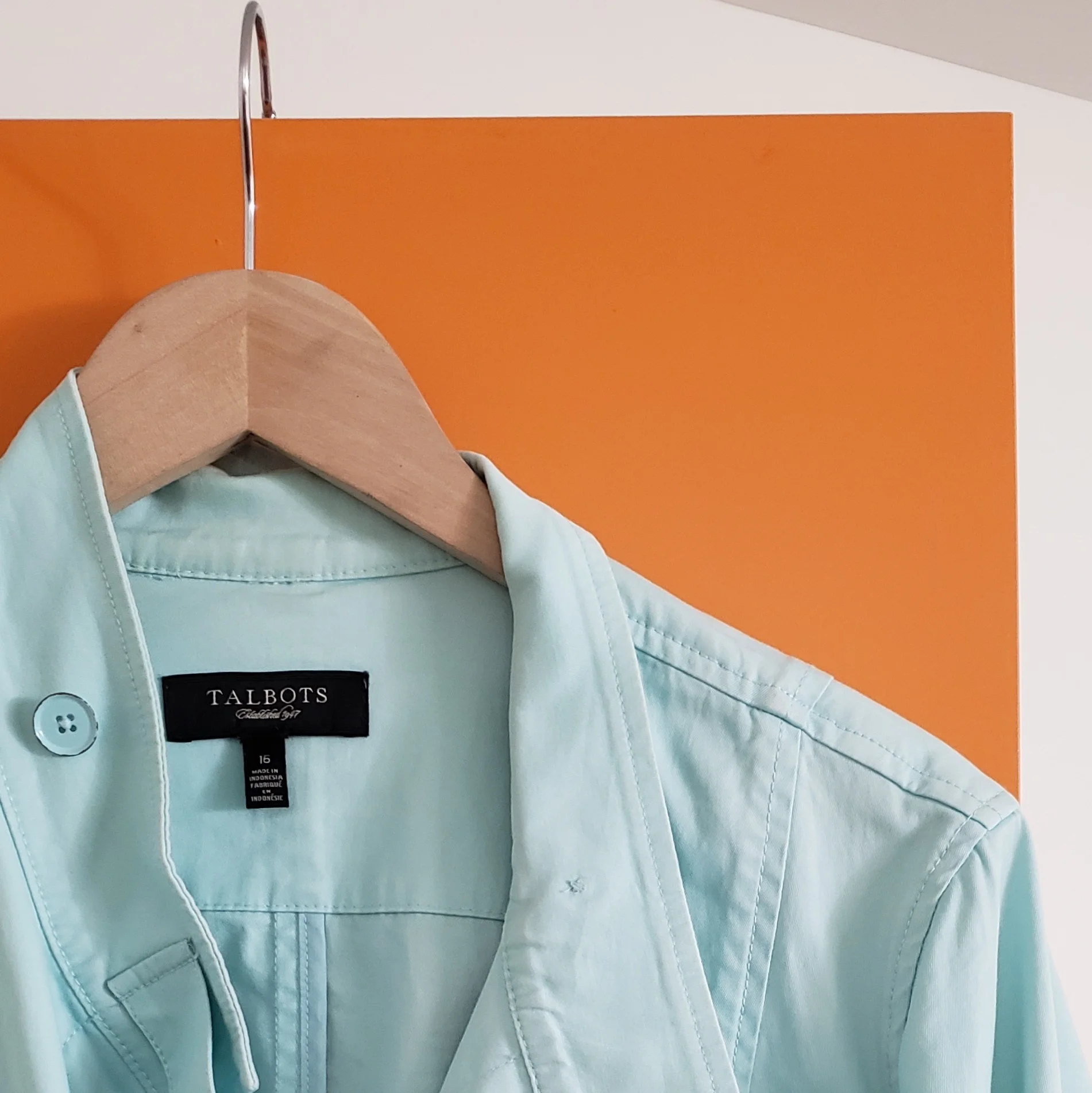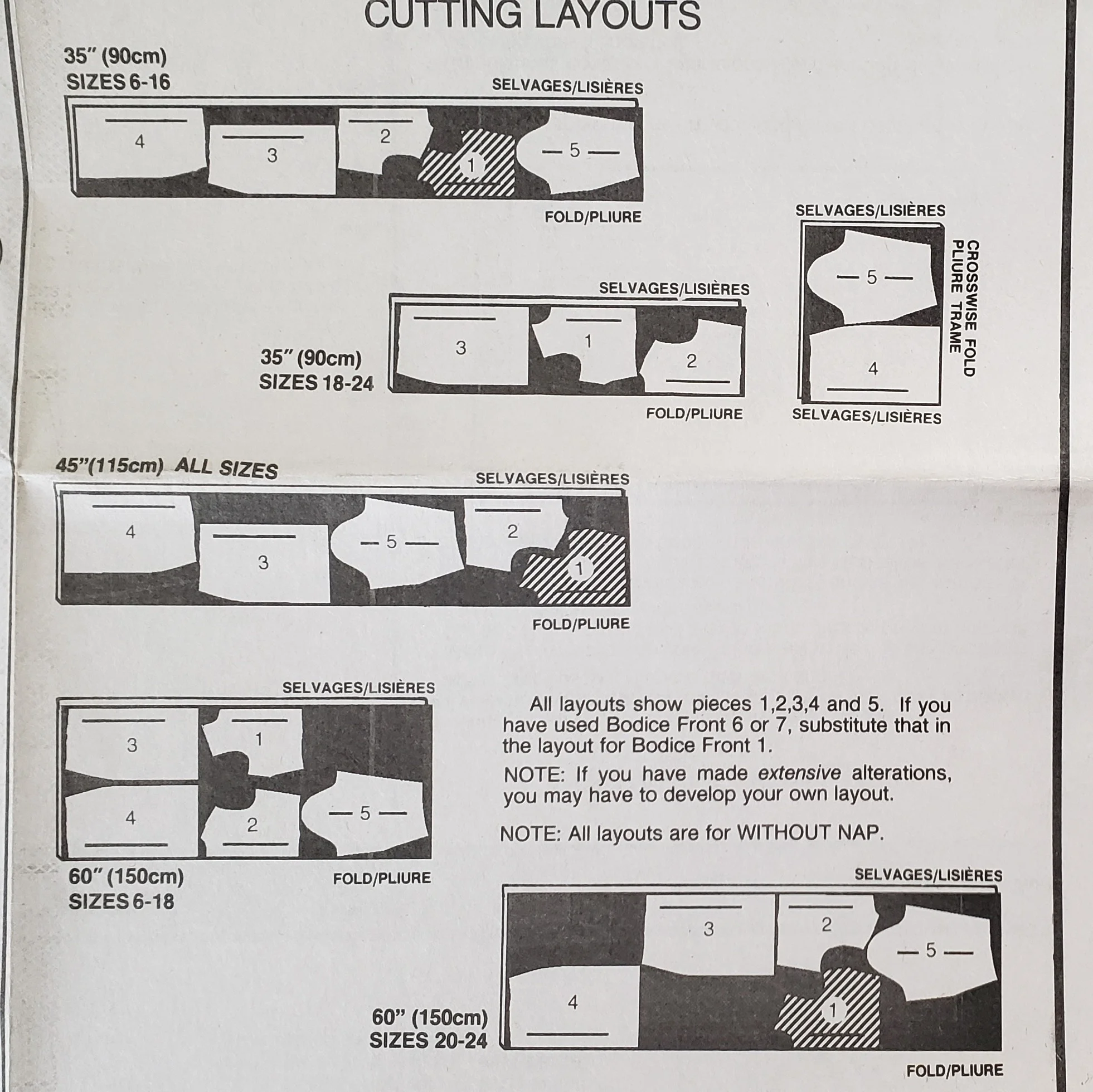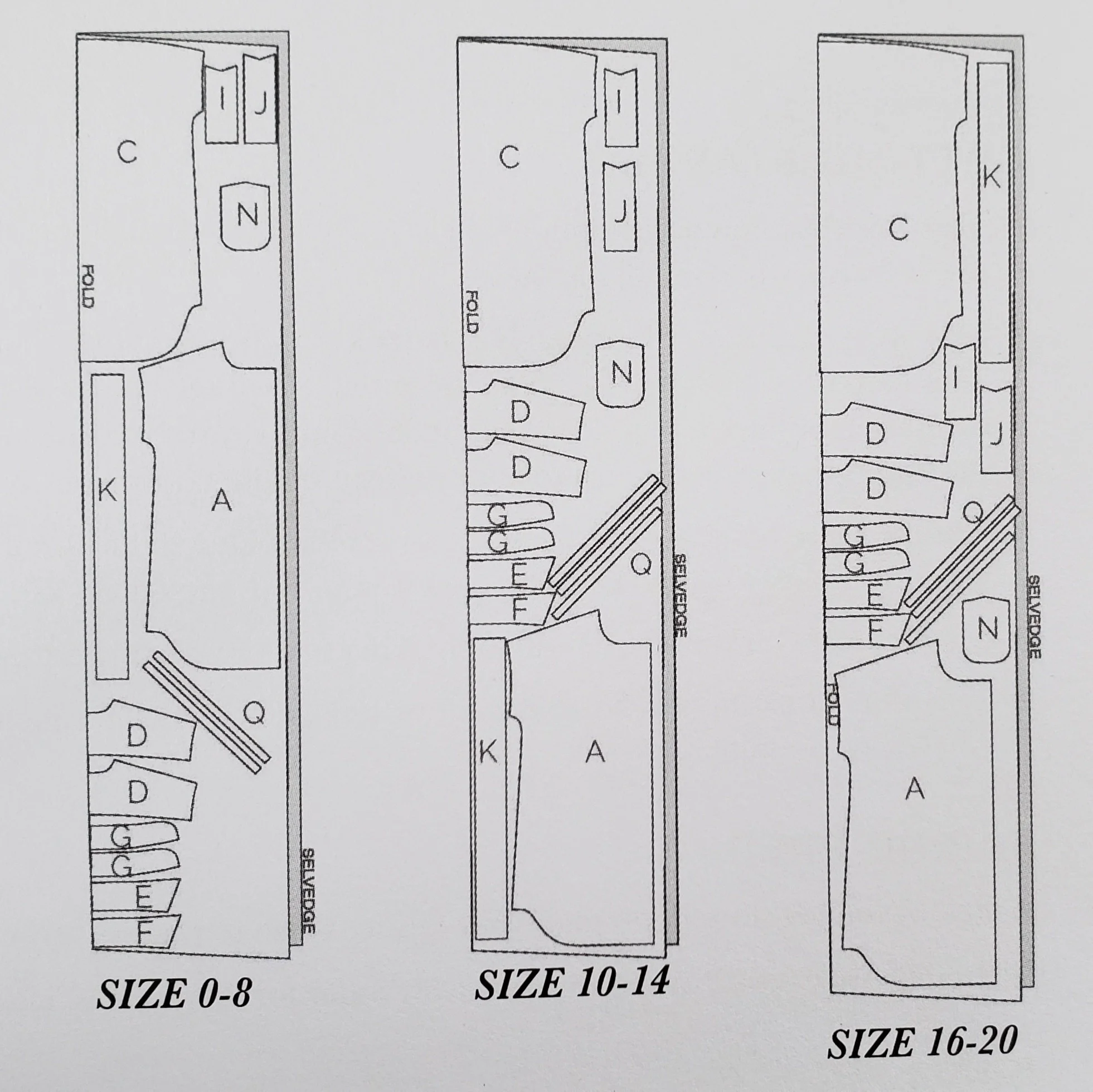“How small is too small?”
Whenever I am speaking on scrap quilting, no matter the audience, this is a guaranteed question. I think people are looking for either A) someone to tell them it is okay to throw out fabric at some point or B) that they aren’t crazy for keeping every little bit. And both of those people would be right.
My default answer is that I will keep pieces as small as 1-2’’ square. And little triangles left from making binding or other blocks. Definitely keep those. Not to mention all those stringy strings of fabric shedding bits of thread, I always keep those.
Then there are the trimmings. Because the bulk of the work I do is improvised at some point I need to trim and square up blocks or components on a quilt. I might be left with very useful scraps or a mess of threads and what used to look like fabric. While finishing up my last quilt top the dazzling array of bits left behind were just as inspiring to me as the blocks themselves. So I spent 5 minutes - yes, that is all it took - putting together this fun scrap project.
TEENY TINY SCRAPS SHADOW BOX CRAFT
Supplies
Fabric trimmings, thread bits, and tiny scraps of fabric
Clean Shadow Box Frame in any size
Instructions
Fill shadow box with trimmings. Arrange in a colour order, if desired.
Notes
Take a little time to make the front side of the scraps pretty. The back of a fabric is really just another fabric in the collection, so it isn’t a big deal if it shows. Just be happy with the way the top layer of scraps looks.
It might be tempting to jam in ALL the trimmings, but unless you have a latch on your shadow box frame it won’t stay closed. Experiment with just the right amount to be full yet still keep closed.
Now my project happens to match the last quilt top I finished, because it was that quilt itself and her gorgeous colours that gave me the idea. But this has the potential to be a whole different kind of art project. In a way it reminds me of the sand paintings that some people can do.
So, to answer the question: nothing is too small.




